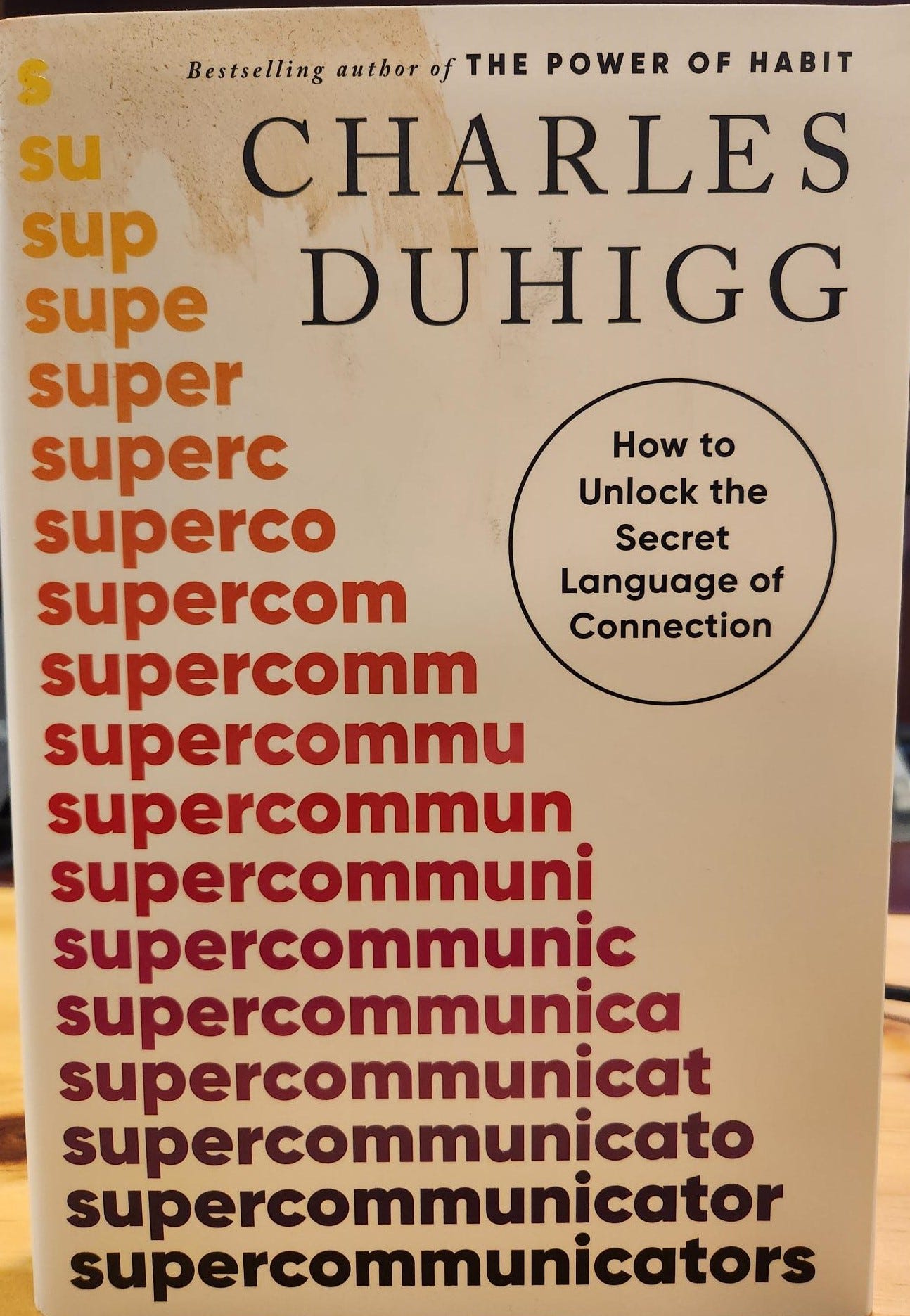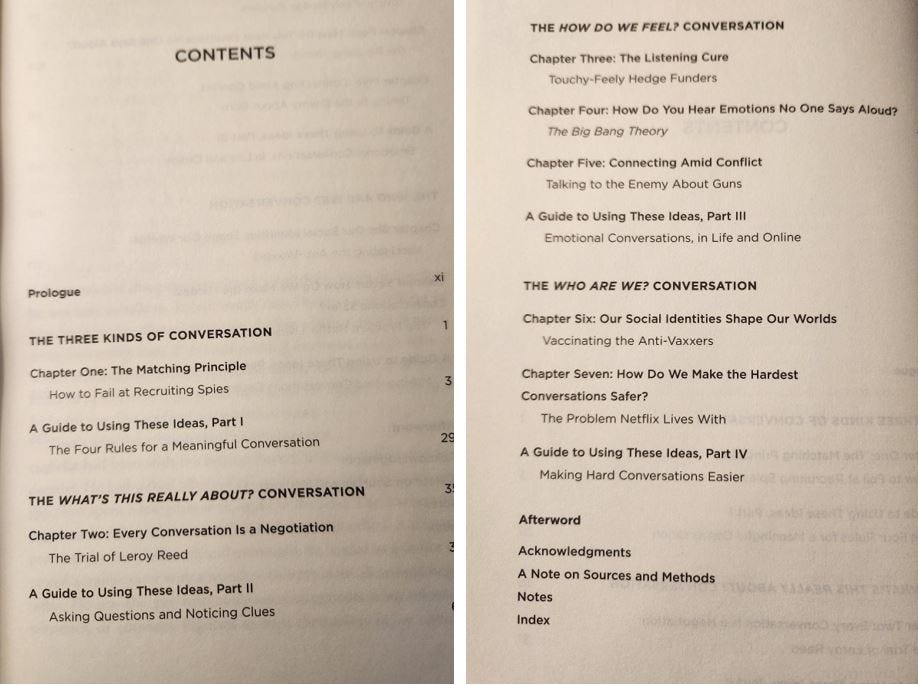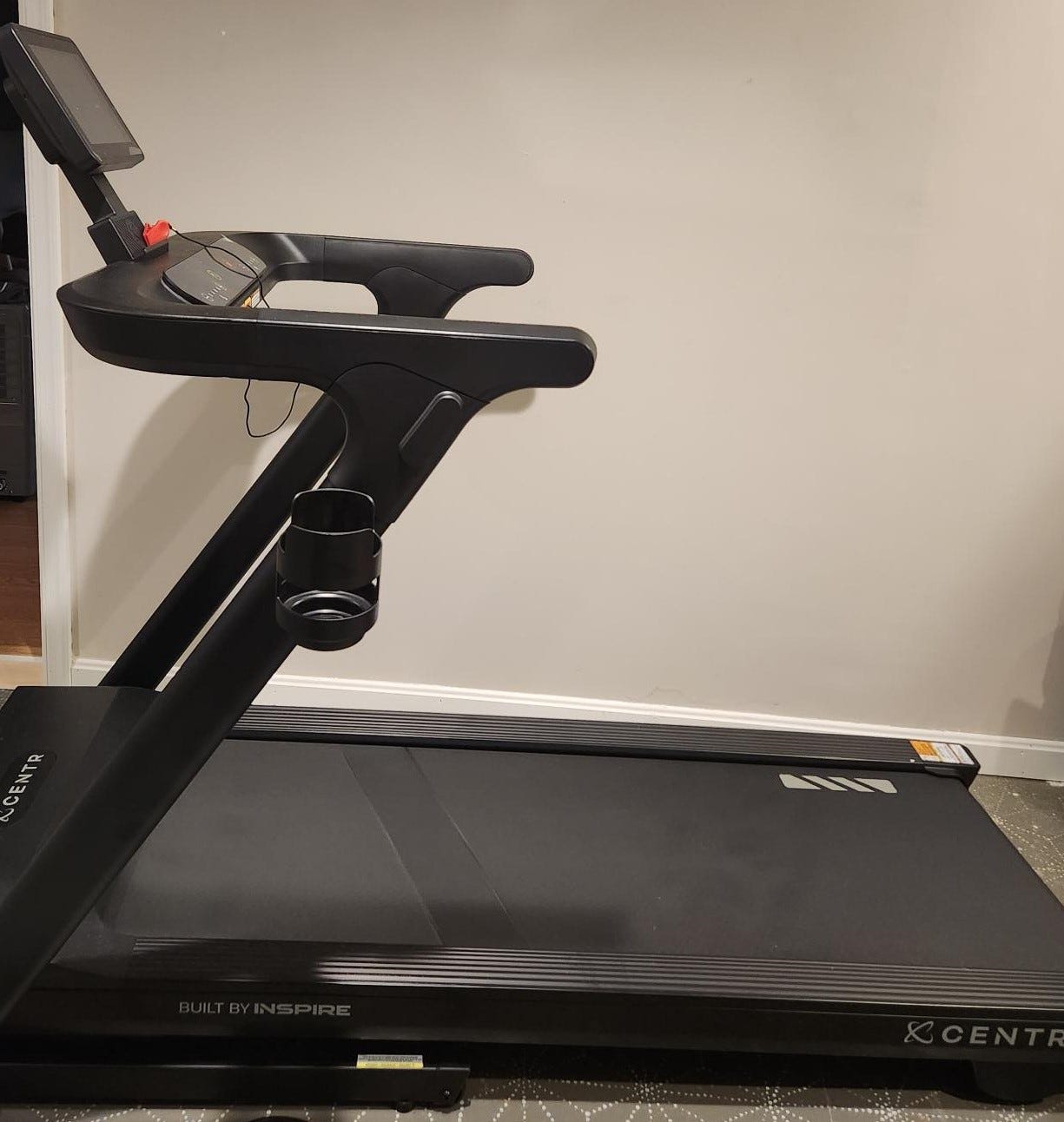Spring Book Review: Supercommunicators Helped me Communicate with Donors and Move a 200-Pound Treadmill
As every one of my ex-girlfriends will tell you, I’m an excellent communicator. Ask any of them. (Unfortunately/Alas, none of them subscribe to this Substack so we can’t poke that bear in the Comments—which is unfortunate).
Everybody, including fundraisers, should strive to be better communicators, and Charles Duhigg’s Supercommunicators (Random House, 2024) is an excellent place to bone up on the fundamentals of how we interact with others every day.

To be clear: Supercommunicators isn’t a book about fundraising.
But it doesn’t need to be for us to enact the smart lesson at the heart of the book: identifying what kind of conversation you’re having and how to cut through the confusion, mixed signals, and frustration that so easily derail otherwise open exchanges between fundraisers and donors.
And between me and my wife.
Like when we moved a newly delivered, 200-pound treadmill from our dining room to the basement two weeks ago.
Did Supercommunicators save my fundraising and my marriage? Read on, Substack.
If you dare.
Supercommunicators delves into three different kinds of conversation types: “What’s This Really About?,” “How Do We Feel?,” and “Who Are We?” These are broad, overlapping categories and Supercommunicators shares stories, examples, and studies that draw out the realities of, for example, why jury deliberations can be so charged and contentious (49-57). Why both sides of the gun-control debate struggle to empathize with each other (131-147). And how a culture of reckless candidness threatened company morale at Netflix after a Tom Segura comedy special (198-207).
Regrettably, Duhigg fails to devote a chapter to the communication strategy necessary when a husband and wife try to move exercise equipment from one floor of their house to another. Thank God I’m here.

I’ve sketched below three (too-short!) summaries of each of Duhigg’s conversation types, their relationship to fundraising, and SIDEBARS that help you navigate tense conversations with your spouse about treadmills.
What’s This Really About? conversations involve negotiating what a discussion is about and the rules governing it. For Duhigg, What’s This Really About? interactions “often emerge when we confront a decision” (42). It’s a conversation type that should challenge fundraisers to make certain we’re talking about the same thing as our donors. For example, when a donor mentions her annual gift commitment, is she talking about money or something else? About the impact of her investment? Some combination therein? What’s it really about?
SIDEBAR: “WHAT’S THIS REALLY ABOUT?” MARITAL DIALOGUE
Wife: “We need to move this treadmill before my parents come this weekend.”
Me: “Believe me, your parents won’t care it’s there. What’s this really about?”
Wife: “It’s about getting it out of the dining room, Dan.”
How Do We Feel? conversations acknowledge that emotions fundamentally shape expressive communication. Exposing our feelings and talking about our emotions around particular issues makes How Do We Feel? conversations, according to Duhigg, “a tool that functions by inviting others to reveal their vulnerabilities, and then being vulnerable in return” (95). For fundraisers, reciprocating emotion and vulnerability means listening, hearing, and engaging with donors’ emotional response to a given issue, and reciprocating with your own feelings.
SIDEBAR: “HOW DO WE FEEL?” MARITAL DIALOGUE
Me: “It’s super heavy and I’m feeling like I’m not strong enough to move it.”
Wife: “Are you telling me I need to move it myself?”
Me: “No. I’m saying that I don’t feel like breaking my back moving it.”
Wife: “Well, I’m telling you that I feel like we need to just do it anyways.”
Who Are We? discussions draw out our many social identities and are rooted in a larger desire for belonging. Duhigg reminds us that individuals aren’t one-dimensional cardboard cutouts, and there are many facets of our personalities and identities that contribute to a multi-layered sense of self. Who Are We? conversations are “powerful not only because we bond over what we have in common, but because it lets us show who we really are” (194). To my mind, fundraisers should ask themselves how regularly we acknowledge the many different social identities that converge to define our donors’ sense of selves as philanthropists.
SIDEBAR: “WHO ARE WE?” MARITAL DIALOGUE
Wife: “I can’t believe we got it down here.”
Me: “Me either.”
Wife: “What should we do to make sure we’re not the kind of people who use a
treadmill to dry clothes?”
Me: “I think we have to be the kind of people who actually run on it.”
This book didn’t save my fundraising and my marriage. That was a joke.
What Supercommunicators does is remind me to take a breath when I’m in the middle of a discussion and understand what’s being communicated and how.
It’s a valuable book for fundraisers because you’ll begin thinking through the kinds of dialogue you’re instigating with others and then challenge yourself to determine if you’re having the right ones at the right time.
If nothing else, Supercommunicators will help fundraisers avoid running in place in our conversations with donors and with each other.
(Note bene: We didn’t get the treadmill in the basement before my in-laws visited for the weekend. Major hat tip to my in-laws for helping schlep the treadmill to the basement).











Pleasure to help. But to be clear for the record, that should go with the house, if and when you move!
Good reminder to pause and think during the conversation and not just constantly do the auto response thing - thanks Dan! Enjoy my Monday substack read!